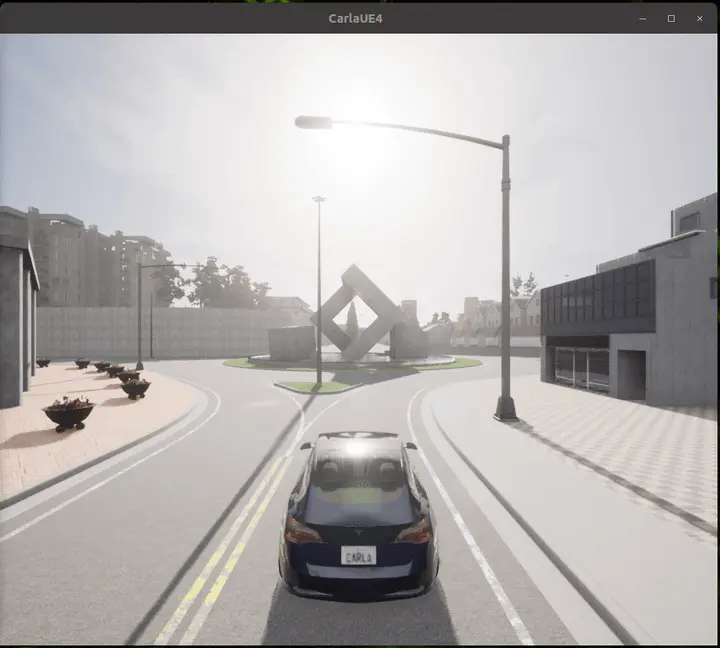Enabling deep reinforcement learning autonomous driving by 3D-LiDAR point clouds
 Lidar view in CARLA with the corresponding scene from RGB camera.
Lidar view in CARLA with the corresponding scene from RGB camera.Abstract
Autonomous driving holds the promise of revolutionizing our lives and society. Robot drivers will run errands such as commuting, parking cars, or taking kids to school. It is expected that, by the mid-century, humans will drive only for their pleasure. Autonomous vehicles will increase the efficiency and safety of the transportation system by reducing accidents and increasing the overall system capacity. Current autonomous driving systems are based on supervised learning that relies on massive, labeled data. It takes a lot of time, resources, and manpower to produce such data sets. While this approach is achieving remarkable results, the required effort to produce data becomes a limiting factor for general driving scenarios. This research explores Reinforcement Learning to advance autonomous driving models without labeled data. Reinforcement Learning is a learning paradigm that uses the concept of rewards to autonomously discover, through trial & error, how to solve a task. This work uses the LiDAR sensor as a case study to explore the effectiveness of Reinforcement Learning in interpreting complex data. LiDARs provide a dynamic high time-space definition map of the environment and it could be one of the key sensors for autonomous driving.